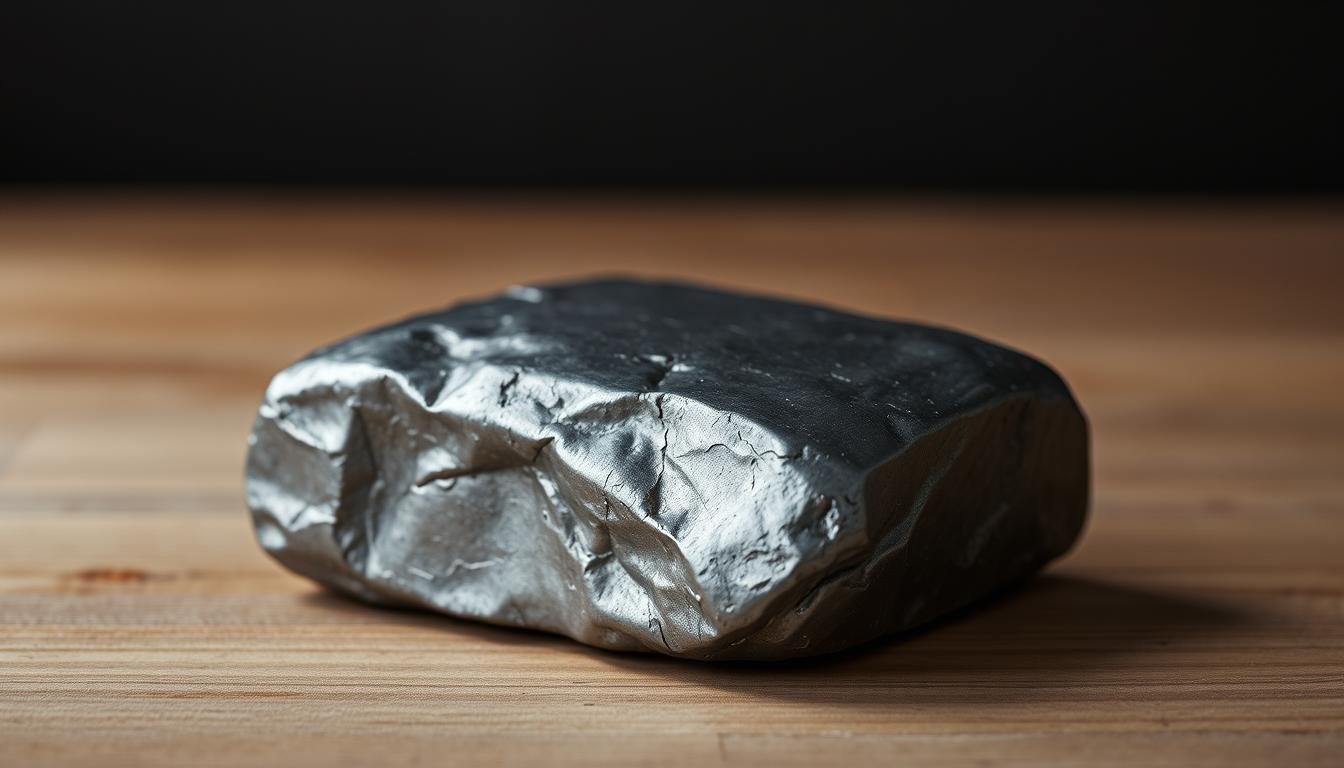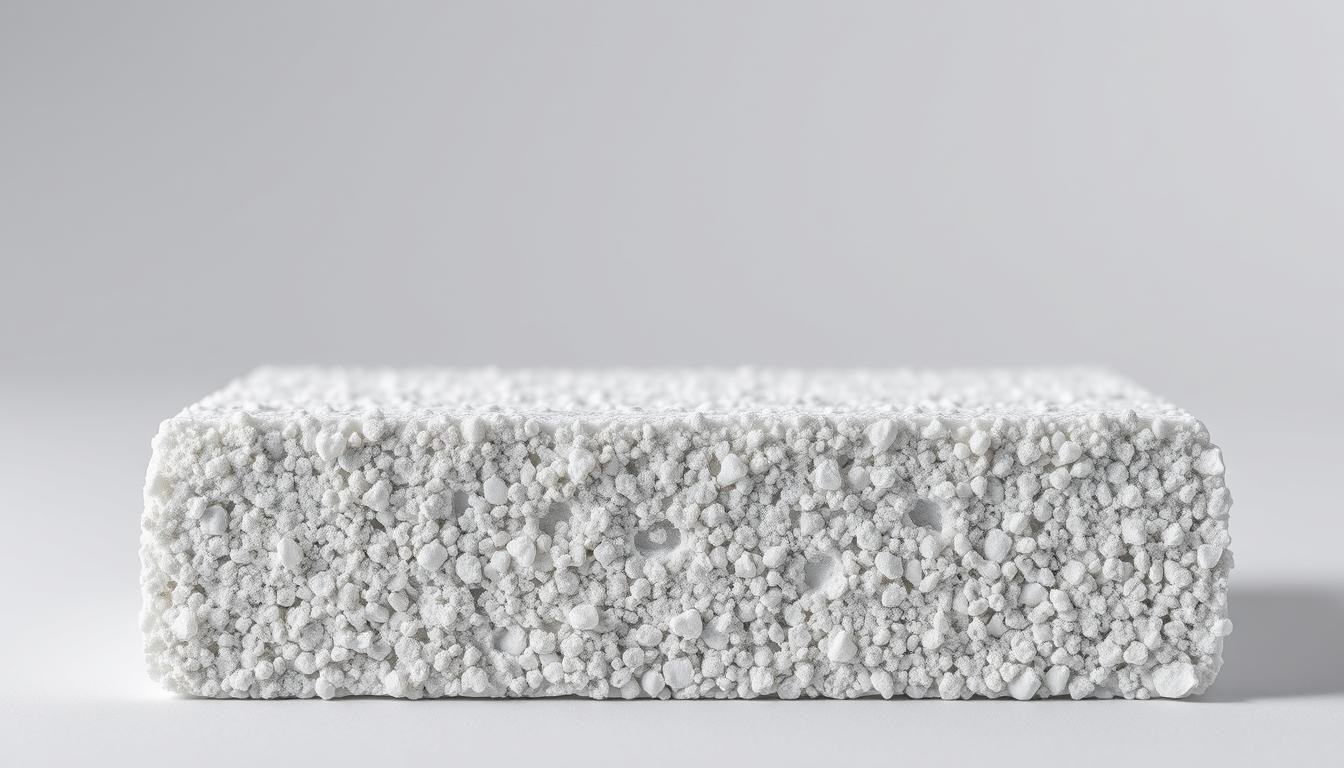Density of Mercury: Essential Facts & Insights
The density of mercury is 5.427 g/cm³, making it the second densest planet after Earth. Knowing this is key in planetary science. It tells us a lot about mercury’s makeup. About 70% of mercury’s mass is iron, which explains its high density. This fact helps us understand its geology and how it evolved. Mercury’s density … Read more









